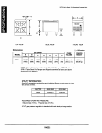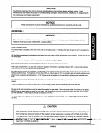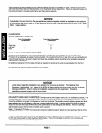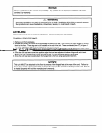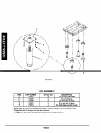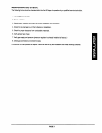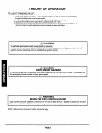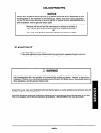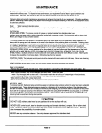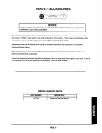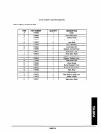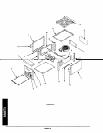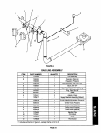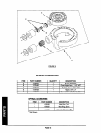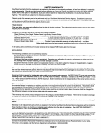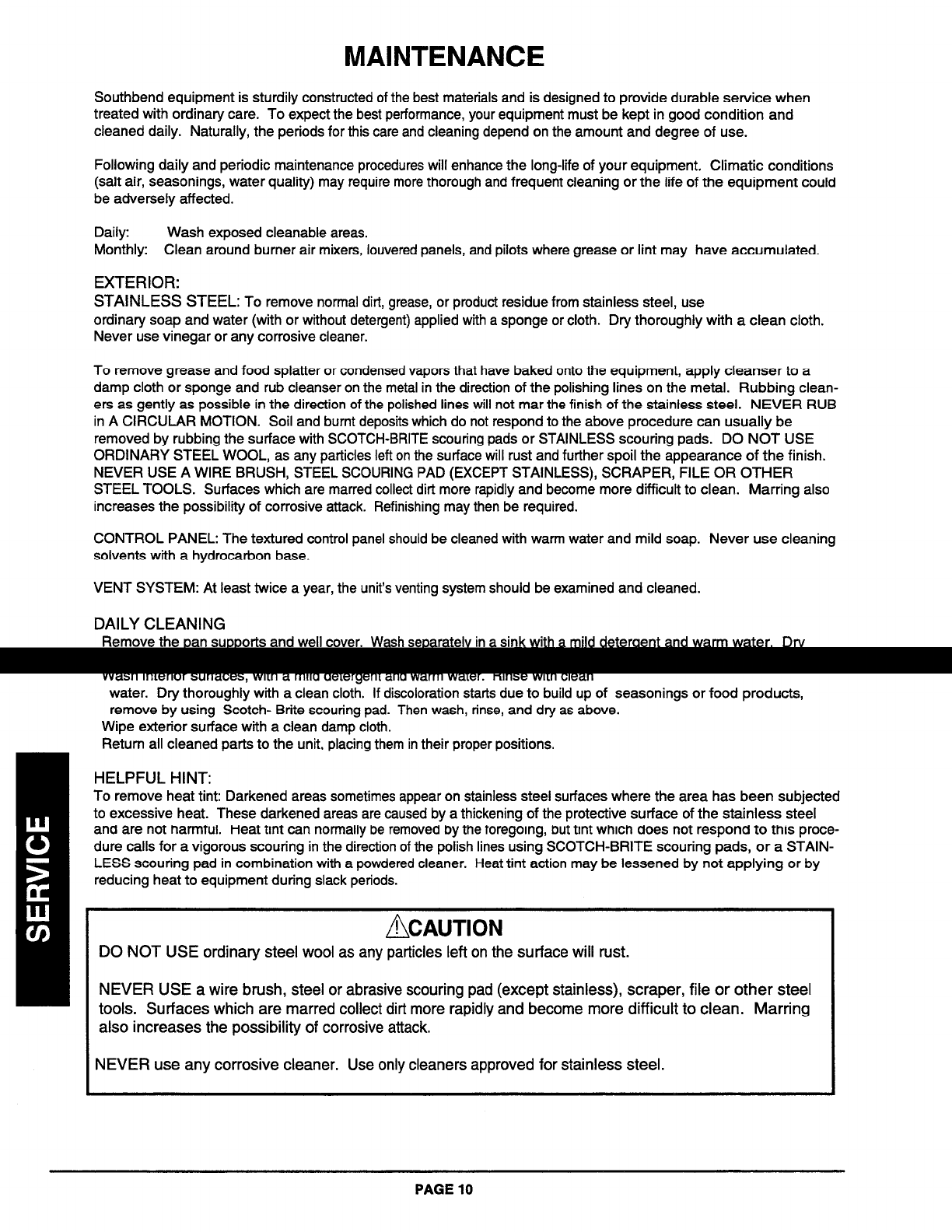
MAINTENANCE
Southbend equipment is sturdily constructed of the best materials and is designed to provide durable service when
treated with ordinary care. To expect the best performance, your equipment must be kept in good condition and
cleaned daily. Naturally, the periods for this care and cleaning depend on the amount and degree of use.
Following daily and periodic maintenance procedures will enhance the long-life of your equipment. Climatic conditions
(salt air, seasonings, water quality) may require more thorough and frequent cleaning or the life of the equipment could
be adversely affected.
Daily:
Wash exposed cleanable areas.
Monthly: Clean around burner air mixers, louvered panels, and pilots where grease or lint may have accumulated.
EXTERIOR:
STAINLESS STEEL:
To remove normal dirt, grease, or product residue from stainless steel, use
ordinary soap and water (with or without detergent) applied with a sponge or cloth.
Dry thoroughly with a clean cloth.
Never use vinegar or any corrosive cleaner.
To remove grease and food splatter or condensed vapors that have baked onto the equipment, apply cleanser to a
damp cloth or sponge and rub cleanser on the metal in the direction of the polishing lines on the metal.
Rubbing clean-
ers as gently as possible in the direction of the polished lines will not mar the finish of the stainless steel.
NEVER RUB
in A CIRCULAR MOTION. Soil and burnt deposits which do not respond to the above procedure can usually be
removed by rubbing the surface with SCOTCH-BRITE scouring pads or STAINLESS scouring pads.
DO NOT USE
ORDINARY STEEL WOOL, as any particles left on the surface will rust and further spoil the appearance of the finish.
NEVER USE A WIRE BRUSH, STEEL SCOURING PAD (EXCEPT STAINLESS), SCRAPER, FILE OR OTHER
STEEL TOOLS. Surfaces which are marred collect dirt more rapidly and become more difficult to clean.
Marring also
increases the possibility of corrosive attack. Refinishing may then be required.
CONTROL PANEL: The textured control panel should be cleaned with warm water and mild soap.
Never use cleaning
solvents with a hydrocarbon base.
VENT SYSTEM: At least twice a year, the unit’s venting system should be examined and cleaned.
DAILY CLEANING
Remove the pan supports and well cover. Wash separately in a sink with a mild detergent and warm water.
Dry
thoroughly with a clean cloth.
Wash interior surfaces, with a mild detergent and warm water. Rinse with clean
water. Dry thoroughly with a clean cloth. If discoloration starts due to build up of seasonings or food products,
remove by using Scotch- Brite scouring pad. Then wash, rinse, and dry as above.
Wipe exterior surface with a clean damp cloth.
Return all cleaned parts to the unit, placing them in their proper positions.
HELPFUL HINT:
To remove heat tint: Darkened areas sometimes appear on stainless steel surfaces where the area has been subjected
to excessive heat. These darkened areas are caused by a thickening of the protective surface of the stainless steel
and are not harmful.
Heat tint can normally be removed by the foregoing, but tint which does not respond to this proce-
dure calls for a vigorous scouring in the direction of the polish lines using SCOTCH-BRITE scouring pads, or a STAIN-
LESS scouring pad in combination with a powdered cleaner. Heat tint action may be lessened by not applying or by
reducing heat to equipment during slack periods.
ACAUTION
DO NOT USE ordinary steel wool as any particles left on the surface will rust.
NEVER USE a wire brush, steel or abrasive scouring pad (except stainless), scraper, file or other steel
tools. Surfaces which are marred collect dirt more rapidly and become more difficult to clean. Marring
also increases the possibility of corrosive attack.
NEVER use any corrosive cleaner. Use only cleaners approved for stainless steel.
PAGE 10



